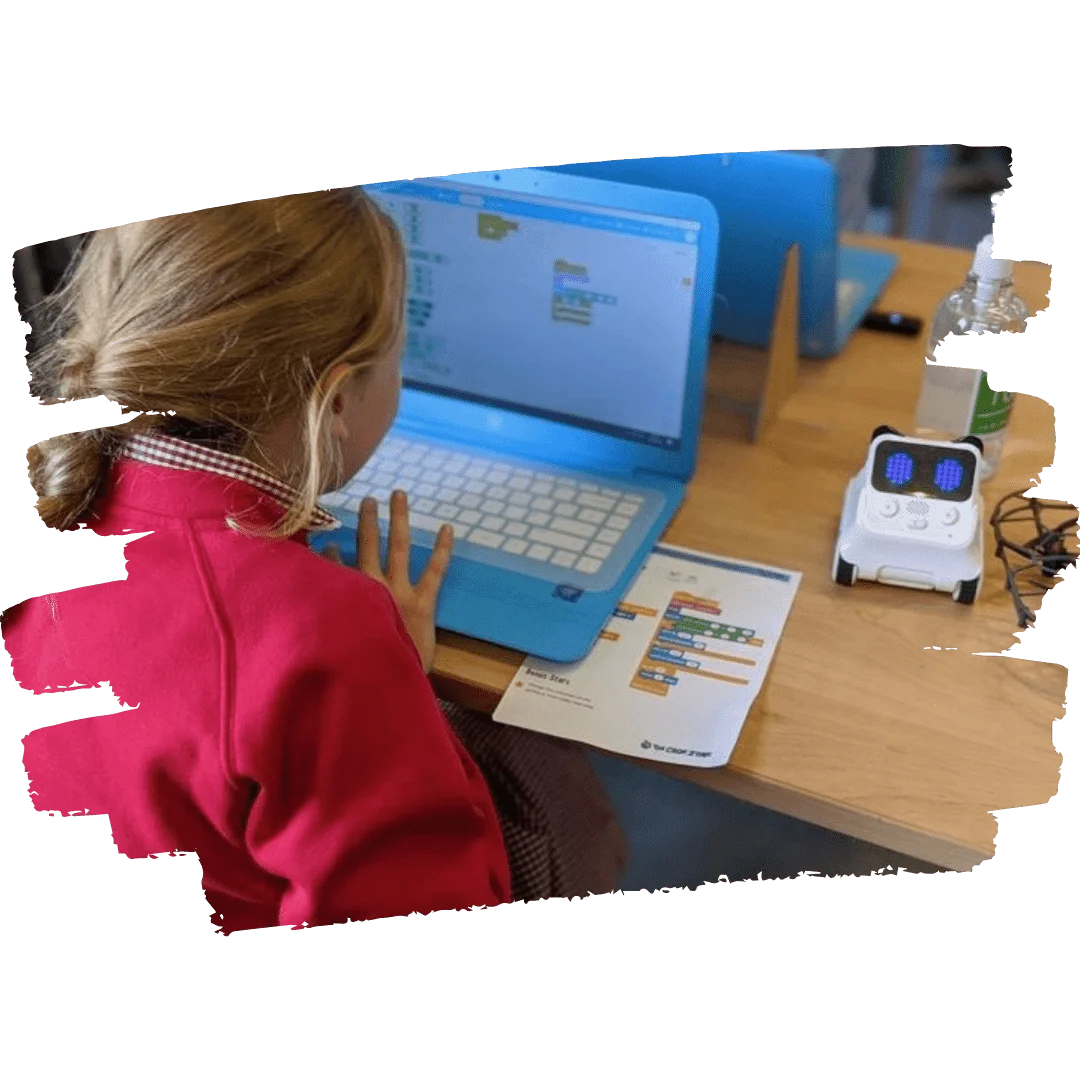Screen Time Doesn't Have to be Scary!
With the pandemic pushing us further online, it’s more important than ever that we understand screen time and the effect it can have on our children – both positive and negative.

As parents, it’s natural to worry about the amount of screen time our children are getting. Things have moved on since the days of shouting “move back from the TV square eyes”, and the challenge of managing our children’s consumption has become much more nuanced.
With the pandemic pushing even more online, it’s more important than ever that we understand screen time and the effect it can have on our children – both positive and negative.
So, what does the World Health Organisation say?
WHO recommends that children under the age of 18 months should have no screen time, arguing that is poses no benefits to their development.
Up to the age of 5, we should aim to keep screen time below 1 hour a day, and from the ages of 6-18 we should aim to keep non-educational, leisure screen time to a 2-hour maximum.
It is important to note, however, that the science behind these recommendations is not concrete, and professionals such as Dr. Jenny Radesky, M.D. - a paediatrician and expert on children and media at the University of Michigan’s C.S Mott Children’s Hospital - stress that parents must stop thinking about screen time in a negative way.
“[It is not] a black and white issue [...] the reality is much more nuanced.” Radesky argues that current recommendations fail to allow for the reality of how we use media. Especially during the pandemic, when children no longer use screens to watch cartoons and play games; they also need them to connect with teachers, classmates and grandparents.”
Putting too much pressure on time can make parents feel guilty when there really is no need. Instead, Dr. Radesky recommends focussing on who and what they are watching, in addition to how you are interacting with them.
This is what Dr. Radesky and others call the “Three C’s” framework: Child, Content and Context.
Child:
There is no one-size-fits-all approach to screen time; what works for one child may not work for another and that is totally fine! You know your child better than anyone else and are therefore the best person to decide what and how much media use is right for them! Try not to let the opinions and habits of other parents put pressure on you.
Content:
In terms of content, quality matters more than quantity! In fact, the NHS argues that you should discount any ‘productive’ screen time from their daily limit. So, consider what their screen time consists of: is there an educational component? Are they using it to communicate with friends and family?
There’s a whole host of screen time types, with each bringing its own challenges and benefits:
- Creative screen time – developing creative projects such as music, digital art, editing movies or building games.
- Communicative screen time – keeping in touch with family and friends via video and messaging apps etc.
- Active screen time – gaming and searching
- Passive screen time – watching television
Context:
Context is how we interact with our children around the media. Dr. Radesky encourages parents to engage with their children during their screen time. Taking an interest in what they are doing will help build their sense of self-esteem, and whilst it’s not always possible to sit with them throughout, simply asking them about what they got up to after can help!
Screens are both more vital and accessible to us now than ever before, and we are all just learning as we go! It’s important that we aren’t too hard on ourselves, and that we remain practical when considering our child’s screen time – all we can do is our best after all.
If you’d like to read more about screen time in a Covid-19 world, the original article is here.
An NHS breakdown of screen time can also be found here.






